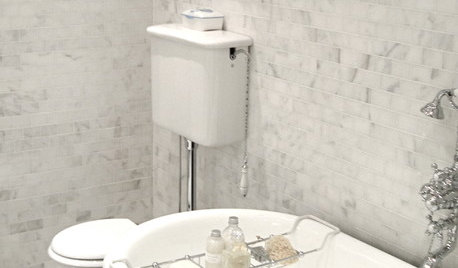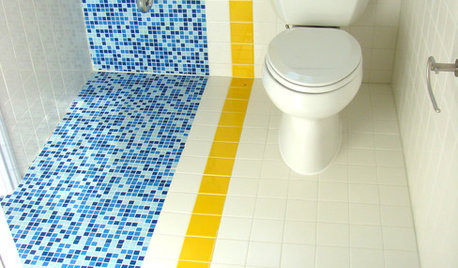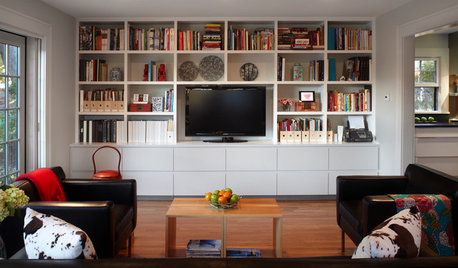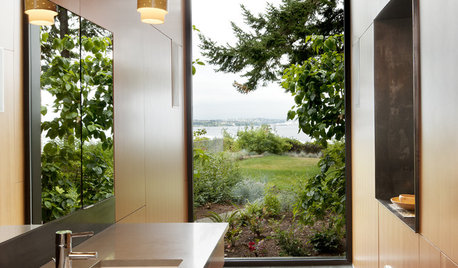Buffer Tank + Tankless Question
ragna_r
14 years ago
Related Stories

GREAT HOME PROJECTSHow to Switch to a Tankless Water Heater
New project for a new year: Swap your conventional heater for an energy-saving model — and don’t be fooled by misinformation
Full Story
VINTAGE STYLEVintage Style: High-Tank Toilets
Homeowners are adding the feeling of yesteryear in today’s bathrooms
Full Story
FLOORSIs Radiant Heating or Cooling Right for You?
Questions to ask before you go for one of these temperature systems in your floors or walls (yes, walls)
Full Story
BATHROOM DESIGNWater Damage Spawns a Space-Saving Bathroom Remodel
A game of inches saved this small New York City bathroom from becoming too cramped and limited
Full Story
EARTH DAYGrow a Beautiful Garden With Ecofriendly Greywater
Reducing home water waste means lower bills and a healthier planet. Here's how to set up a greywater home irrigation system that can help
Full Story
BATHROOM DESIGN9 Big Space-Saving Ideas for Tiny Bathrooms
Look to these layouts and features to fit everything you need in the bath without feeling crammed in
Full Story
ARCHITECTUREHouzz Tour: A Most Unusual Trailer in Texas
With an air-conditioned bathroom, screened porches and a sleeping loft, this riverside trailer site has it all
Full Story
GREAT HOME PROJECTS25 Great Home Projects and What They Cost
Get the closet of your dreams, add a secret doorway and more. Learn the ins and outs of projects that will make your home better
Full Story
REMODELING GUIDES10 Tips to Maximize Your Whole-House Remodel
Cover all the bases now to ensure many years of satisfaction with your full renovation, second-story addition or bump-out
Full Story
MOST POPULAR5 Ways to Hide That Big Air Conditioner in Your Yard
Don’t sweat that boxy A/C unit. Here’s how to place it out of sight and out of mind
Full StoryMore Discussions






jake2007
ragna_rOriginal Author
Related Professionals
Muscoy Solar Energy Systems · Carpinteria Solar Energy Systems · Chanhassen Solar Energy Systems · Coto De Caza Solar Energy Systems · Lake Mary Solar Energy Systems · Quincy Solar Energy Systems · Voorhees Solar Energy Systems · Whitney Solar Energy Systems · Columbia Home Automation & Home Media · Jamaica Plain Home Automation & Home Media · Lakewood Home Automation & Home Media · Lees Summit Home Automation & Home Media · Manhattan Beach Home Automation & Home Media · Sierra Madre Electricians · Chelsea Fireplacespeace_rose
wisehvac
peace_rose
wisehvac
peace_rose
wisehvac
zl700
wisehvac
peace_rose
zl700
wisehvac
zl700
wisehvac
zl700
wisehvac